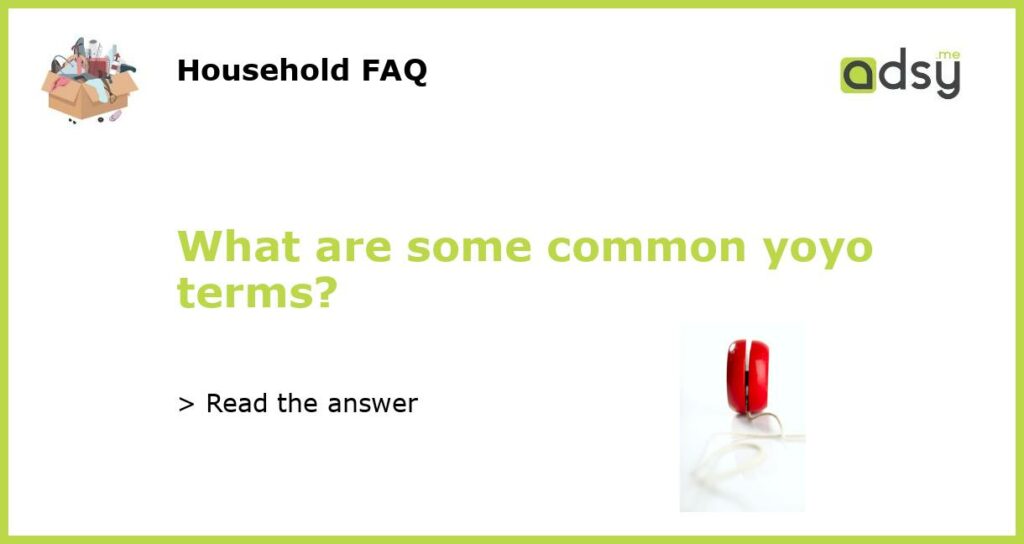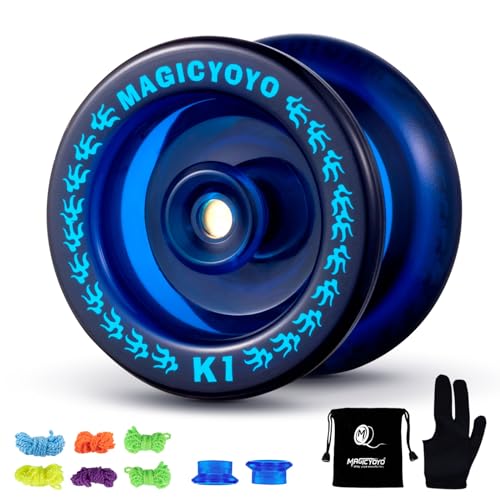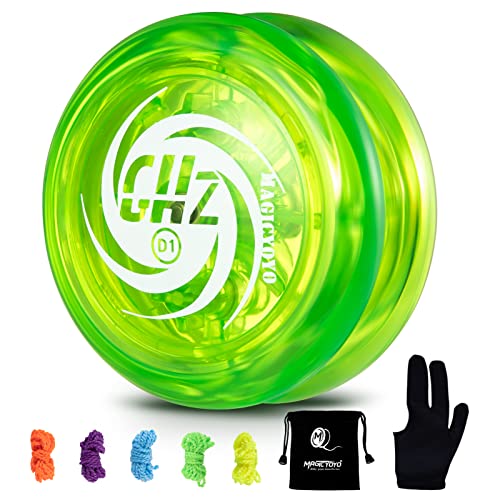5 Common Yoyo Terms Every Yoyo Enthusiast Should Know
Yoyoing is a popular skill toy that has captivated people of all ages for decades. Whether you’re a newbie or an experienced player, understanding the terminology that is used in the yoyo community is essential. Here are five common yoyo terms that every yoyo enthusiast should know:
Bind
The bind is a fundamental yoyo trick that involves returning the yoyo to the player’s hand. It is performed by releasing the tension on the string, allowing it to bind around the yoyo’s axle. The bind is crucial for advanced yoyo play as it enables players to control the yoyo’s return to their hand. Mastering different bind variations can add flair and complexity to your yoyo routines.
Sleeper
The sleeper is a basic yoyo trick that involves throwing the yoyo down and allowing it to spin freely at the end of the string. It is the starting point for almost all other yoyo tricks and serves as the foundation for more complex moves. The longer the yoyo spins in the sleeper, the more time you have to perform tricks before it returns to your hand.
String Tension
String tension refers to the amount of twist or winding in the yoyo string. Maintaining proper string tension is crucial for smooth play and controlling the yoyo’s response. When string tension is too tight, the yoyo may become unresponsive or snag during tricks. On the other hand, if the string tension is too loose, the yoyo may become overly responsive or tangle up. Yoyo players often adjust string tension by performing a simple twist motion to correct any imbalances.
Response System
The response system is the mechanism within the yoyo that allows it to return to the player’s hand. There are various types of response systems, including friction stickers, starburst response, and ball bearings. Each system provides different levels of response, affecting how the yoyo behaves during play. Depending on your skill level and preference, you can choose a yoyo with a response system that suits your play style.
Gap Width
The gap width refers to the space between the yoyo’s two halves where the string sits. It is an important factor that affects the yoyo’s responsiveness and stability. A narrower gap width makes the yoyo more responsive, allowing for tighter control and easier returns. On the other hand, a wider gap width gives the yoyo a more unresponsive and longer spin time, making it suitable for more advanced tricks. Yoyo players often experiment with different gap widths to find the right balance for their play style.
In conclusion, understanding yoyo terminology is essential for anyone looking to dive into the world of yoyoing. By familiarizing yourself with common yoyo terms such as bind, sleeper, string tension, response system, and gap width, you’ll be better equipped to communicate with other yoyo enthusiasts and master new tricks. So grab your yoyo and start practicing!






